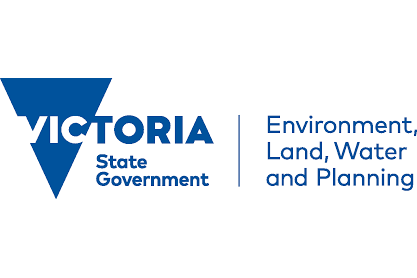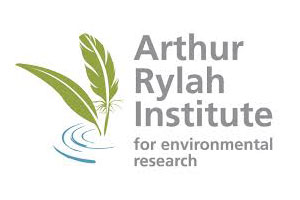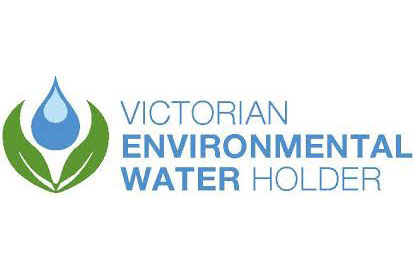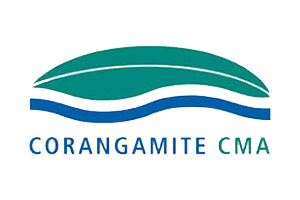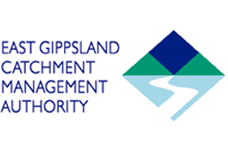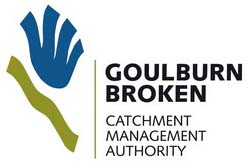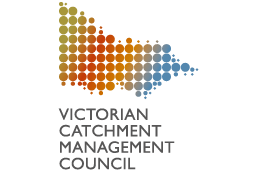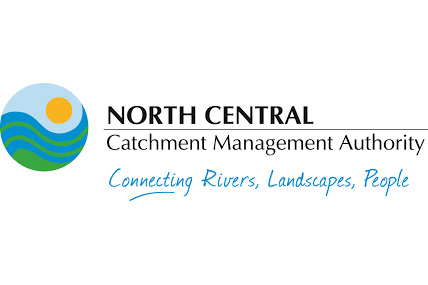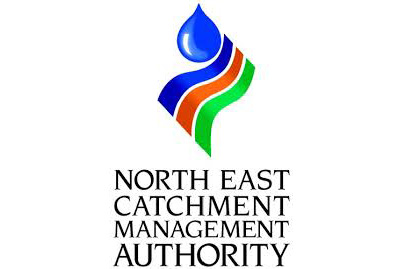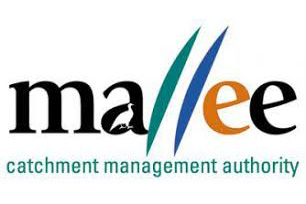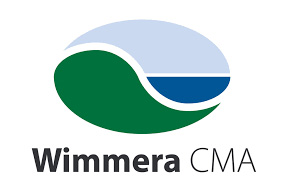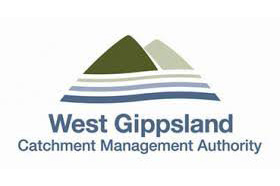
Wetlands and Floodplains
Wetlands, which can be natural, modified or artificial, are areas that experience permanent or temporary inundation, and hold still or very slow-moving water. Victorian’s natural wetlands are diverse, including billabongs, marshes, lakes, swamps, alpine peatlands, intertidal saltmarshes, mangroves, mudflats and seagrass areas. They contain many unique plant species and provide habitat for fish, invertebrates, birds, amphibians, bats and reptiles. During times of drought, wetlands that contain water are important sites of refuge for many organisms. Wetlands also provide ecosystem services such as reducing the impacts of flooding on the nearby landscape, filtering nutrients and trapping sediment. There are many wetlands of cultural significance and they support recreational activities such as boating, fishing and tourism. A third of wetlands are on public land but they represent about 65% of Victoria’s wetland area. The remaining two thirds of wetlands occur on private land. (see DELWP- wetlands for further info).
Many Victorian wetlands are recognised as nationally significant and 12 have been designated internationally significant under the Ramsar Convention. Wetland number and extent has experienced substantial declines since European settlement, the most common cause has been drainage. Key current threats to wetlands are water extraction and regulation, pest plants and animals, the impacts of climate change, stock grazing, degraded water quality and wetland excavation.
Managing Wetlands
The Victorian Waterway Management Strategy provides the framework for management of waterways, including wetlands. Regional Waterway Strategies, developed and implemented by CMAs, identify high value sites and priority management activities. There are also a range of other plans and processes which guide wetland management, including Ramsar site management plans, park and forest management plans and environmental water management plans. CMAs, Parks Victoria and DELWP all play significant roles in managing and protecting wetlands.
Key Projects, Research and Monitoring
Over the last 10 years, a suite of activities and research have been initiated, many in line with the policies and actions for wetlands within the Victorian Waterway Management Strategy. These have included:
- Understanding Victorian wetlands to support management:
- Update of the Statewide wetland inventory (see Victorian Wetland Inventory Edit Tool and Mapshare.
- Conceptual models of the relationship between wetland values, threats and management interventions
- Predictive model of the occurrence of seasonal herbaceous wetlands across Victoria
- A report on the current and future risk of cropping in wetlands
- Tools and guides to support wetland management:
- A decision support tool for the management of livestock grazing in wetlands
- A decision support tool for wetland vegetation recovery
- A guide to water regime, salinity ranges and bioregional conservation status of Victorian wetland Ecological Vegetation Classes
- Wetland connectivity models and maps
- A wetland pest animal management training course, as well as fact sheets outlining the impacts of rabbits, foxes, pigs and carp on wetlands.
- A review of wetland weeds which identified priority weeds and their impacts on wetland values (Part 1 and Part 2).
- Wetland monitoring and research programs:
- The Wetland Intervention Monitoring Program is assessing the effectiveness of management activities commonly applied in wetlands. It aims to understand responses of wetland vegetation to changed management of livestock grazing, determining whether responses vary depending on wetland type or location in the landscape.
- Wetland Monitoring and Assessment Program (WetMAP) is assessing the ecological responses of vegetation, waterbirds, frogs and fish to the delivery of environmental water in wetlands.
- The Living Murray Intervention Monitoring Program (TLM) – a Murray-Darling Basin coordinated program, which aims to restore health of Murray River ecosystems through targeted environmental watering at Icon Sites.
- There are also regional monitoring programs for environmental watering in wetlands.
- Assessing and prioritising wetlands:
- The Index of Wetland Condition is used to assess wetland condition and inform management and prioritization.
- Wetland Tender is a market-based instrument used in Victoria to assess and compare proposed works to improve condition of wetlands on private land.
- Investigations on particular issues:
- An assessment of climate change vulnerability of Victoria’s wetlands.
- A framework for vulnerability assessment and adaptation potential of coastal wetlands.
- Carbon sequestration in inland wetlands – examined the carbon sequestration capacity of Victoria's inland wetlands
Current work
- Monitoring wetland inundation using Landsat imagery regime from 1988 to 2017.
- Review of available knowledge on the importance of buffers.
- Developing habitat distribution models for wetland dependent species.
- Developing framework for identifying high value wetlands and assessing risk.
